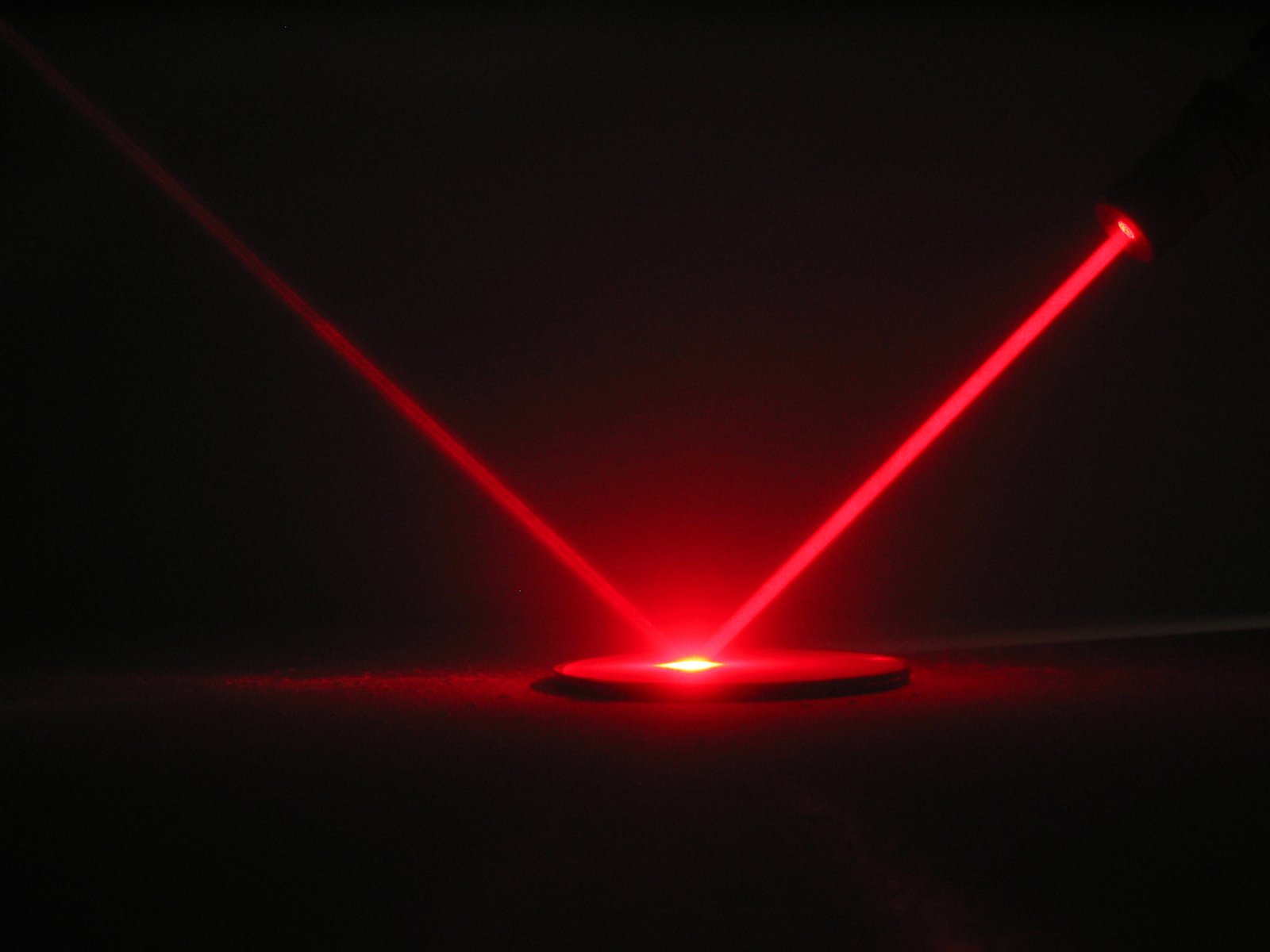The beta voltaic effect is a century-old discovery whereby a form of atomic radiation, known as beta radiation, induces electricity in certain materials. This is very similar to the way solar cells work (the photovoltaic effect), except that in this case we are talking about semiconductors exposed to beta radiation, not light. As early as 1944, a working mini battery was made using this solution.
This is also the basis for the brilliant idea of scientists at the University of Bristol, who recycled the most dangerous parts of the graphite rods used in nuclear power plants to control nuclear fission. The rods' C14-rich crusts are pressed into artificial diamonds and then embedded in an artificial diamond shell pressed from non-radiating graphite. The resulting solid, diamond-strong structure leaks only negligible radiation, but the isotope continues to produce electricity as it reverts to normal graphite over thousands of years. Although the electricity produced is weak and mostly only enough to power mobile devices, such beta voltaic batteries are tiny and millions can be produced from 50 kg of hazardous material.
This tech could also make a significant contribution to protecting the environment.
But here's the really important part:
As it is a virtually 'perpetual' battery, which is damaging to the disposable battery industry in terms of profitability, the technology is unlikely to be adopted in the current economic system.
More on the history and technical background of the discovery:
The wiki does not yet mention long half-life C14, but fast decaying isotopes, which results in an unsatisfactory battery with a lifetime of a few decades.







 Hungarian
Hungarian
 English
English
 German
German
 Italian
Italian
 Spanish
Spanish
 French
French
 Chinese
Chinese
 Polish
Polish
 Romanian
Romanian